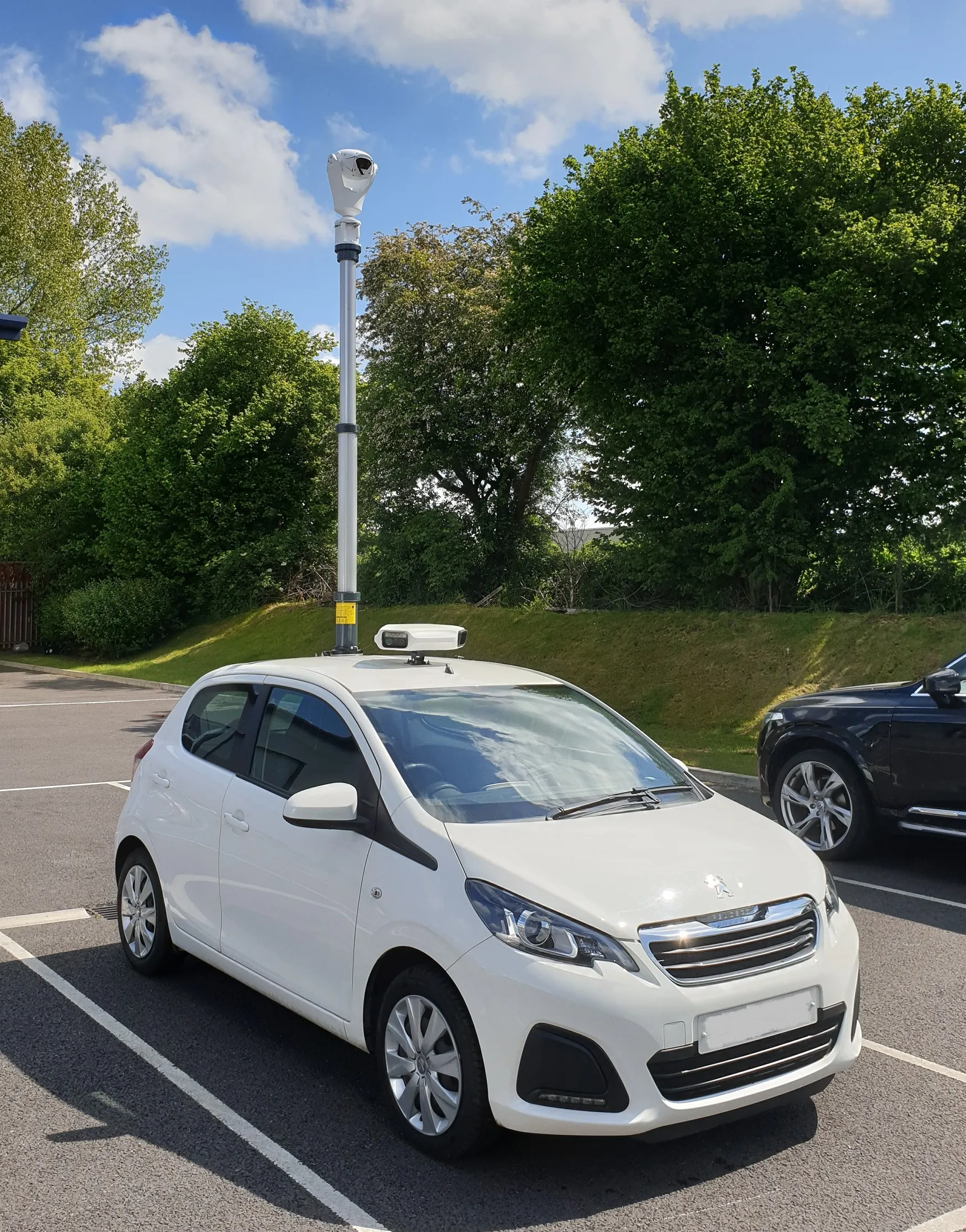
Videalert has achieved Vehicle Certification Agency (VCA) approval for ‘over the air’ data transmission from mobile enforcement vehicles (MEVs) while in operation.
Videalert says this means data can be ‘live-streamed’ using 4G/5G as it is captured by vehicles are on the move, removing the need for manual download from the on-board systems onto USB drives before uploading it to the firm's platform.
It also allows review operators to access the data and approve the automatically compiled evidence packs even more efficiently, the company adds.
This functionality is now available throughout Videalert’s range of MEVs which includes electric cars, vans and bikes as well as hybrid, petrol and diesel variants. It can also be retrofitted to existing vehicles regardless of supplier.
Videalert provides a suite of software for deployment in different enforcement and monitoring applications.
The software combines automatic numberplate recognition (ANPR) with a data analytics engine to determine whether vehicles have actually committed offences.
For example, it can work out whether vehicles are in contravention in parking bays as well as whether they are legally parked off-street or on private driveways.
According to Videalert, this reduces the incidence of false-positive alerts generated by roof-mounted cameras.
In addition, it uses GPS positioning to confirm that vehicles being captured are within enforceable areas.










